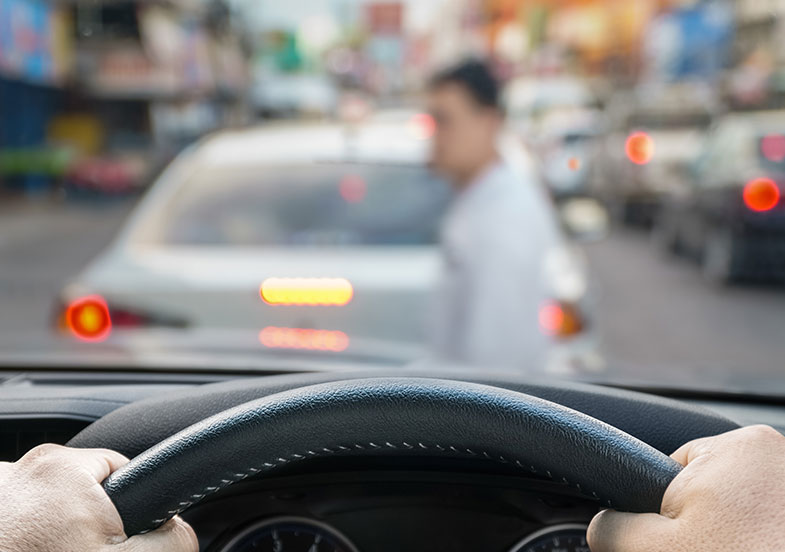The Problem
Penetration of Integrated Safety Systems are projected to become widespread in the new vehicle fleet over the course of the next half-decade and beyond. ISS consists of all active safety (automatic braking, pedestrian and bicyclist detection, lane keeping, etc.) and passive safety systems (advanced airbags, curtain shield airbag, roof strength, pedestrian protection active hood, etc.). However, there has been no study of what the estimated reduction in vehicle accidents will be once these systems are deployed.
The Question
If by 2025, all new model light vehicles in the US will be equipped with the latest active and passive safety devices, can all vehicle collisions be completely avoided? If not, what will the residual collision rates look like?

What We Did
We are analyzing data from the National Motor Vehicle Crash Causation Survey, conducted by NHTSA from 2005 – 2007. Using this data, we are able to develop scenarios for each crash type and reconstruct the crashes accordingly. By simulating reconstructed crashes and applying active safety systems such as Intersection Advanced Driver Assist Systems (i-ADAS) and Pre Collision Systems, we are determining what residual crash rates may exist in the future. For any residual crashes detailed analysis of the residual crash types will be conducted, which can be utilized to develop appropriate vehicle-based countermeasures.
The Result
We found that there will still be residual crashes even with 100 percent penetration of active and passive safety systems. Following are the estimated residual accident rates:
- Intersection Cross Traffic Residual Accidents: 30 percent
- Intersection LTAP/OD (left turn Across Path/Opposite Directions) Residual Accidents: 16 percent
- Pedestrian Residual Accidents: 22 percent
For these estimated residual crashes, we are conducting a detailed analysis of each crash type, which can be utilized to develop appropriate vehicle based countermeasures.
This is a project in collaboration with Virginia Tech
